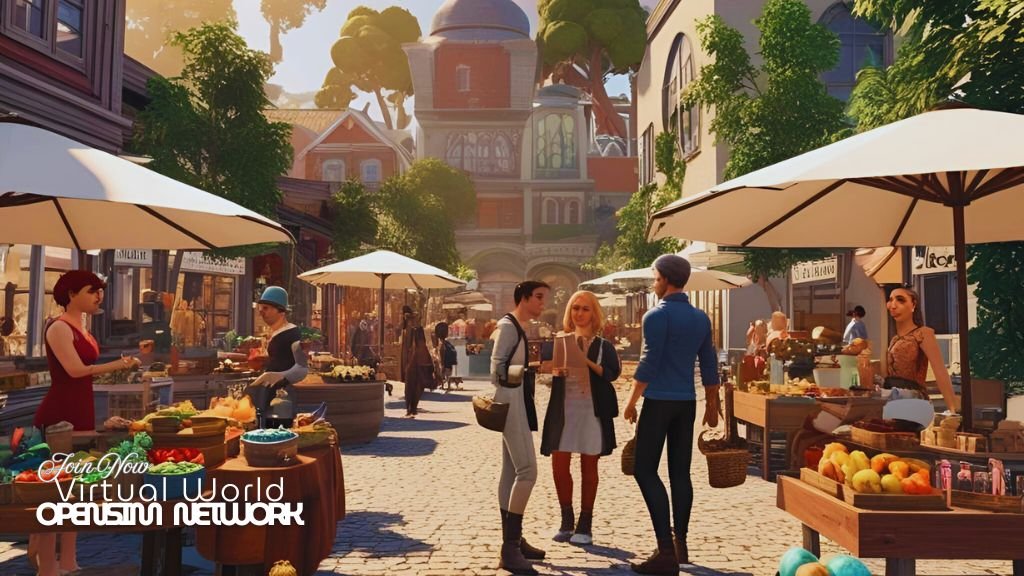I Brought My Bestselling Wildlife Photography Book to Life with AI

AI is transforming photography faster than any technology in history. What once took days of travel, planning, and waiting for the perfect light can now be generated in seconds — by anyone, from anywhere, with just a few keystrokes.
You don’t need a crystal ball to see where this is going. Very soon, AI-generated images will be virtually indistinguishable from real photographs. No expensive gear. No long-haul flights. No missed shots. Just instant perfection.
This poses a serious challenge for professional photographers. AI artists don’t need experience or equipment. They don’t wait for the weather or hope for the right moment. They produce vast volumes of work — at a fraction of the cost.
So what happens to the art of photography — and the people behind the lens?
![]()
![]()
It’s a question I’ve been asking myself for the past two years.
AI is the fifth great revolution humanity has lived through. While most people still don’t fully grasp what it can do — or where it’s heading — many are either wildly excited, deeply worried, or, like me, a bit of both.
Many of my colleagues hate AI because of the threat it poses to our craft. And they’re not wrong — it is a real danger. But focusing only on the downside is short-sighted. I believe AI will create millions of new artists and entire galaxies of new art. That’s exciting — and, yes, also uncomfortable.
For me, wildlife and landscape photography has never been just about the final image. It’s also about the experience: discovering wild places, observing animal behavior, waiting for the right light, and being fully immersed in nature. AI can’t replicate that.
But it is inevitable. It will touch every aspect of our lives. So instead of treating it as an existential threat, I’ve chosen to explore what it might add.
![]()
![]()
Last month, I immersed myself in the world of AI-generated video. Using images from my best-selling book MOTHER – A Tribute to Mother Earth, I began experimenting with bringing my most popular photographs to life. The process was new — and a little intimidating — but surprisingly compelling.
Once I got the hang of it, I was blown away by what AI could do. It’s far from perfect, but considering how early we are in this technology, it’s nothing short of mind-blowing.
![]()
![]()
I chose a method that gave me full creative control: writing prompts to guide the AI.
It felt like directing a film. You pre-visualize the scene: What’s the subject doing? Is the camera static or moving? Is there wind? How does the light shift? What’s outside the frame if I pan left? Describing all of that in words became a fascinating creative challenge — and surprisingly addictive.
As with my photography, I kept things simple and natural. No gimmicks. For most scenes, I started with the original image and worked outward. In others, I used the image as a goal to work toward. After a few days of experimentation, I edited the best clips together, added sound effects, and music. And there it was: my photographs, brought to life.
I’m not an AI expert, but I’m thrilled with the result. It’s added a new dimension to my work — one I never imagined. And I love it.
I’m not giving up traditional photography. I’ll still travel. I’ll still shoot. I’ll still lead tours. But I now see AI as another tool in the creative process — not a replacement, but an expansion.
I hope you enjoy the experiment:
To be continued.
About the author: Marsel van Oosten is a professional nature photographer from the Netherlands with a background in advertising and graphic design. A passionate nature lover, Marsel is deeply concerned about the natural world. He believes that successful conservation begins with awareness, and he hopes his images will inspire people to protect Mother Earth and take action. His images have won numerous awards worldwide, and he is the only photographer to have won the Grand Slam: Wildlife Photographer of the Year, International Nature Photographer of the Year, and Travel Photographer of the Year. He is a Nikon brand ambassador, a death metal connoisseur, and a recovering Nutella addict. His latest book is MOTHER – A Tribute to Mother Earth. It sold out twice worldwide and is currently available in its last edition. Marsel currently lives in South Africa with producer Daniella Sibbing. Together, they run specialized nature photography tours for small international groups of all experience levels to spectacular destinations worldwide. An overview of Marsel’s work and current photo tours is available at Squiver.com.
Image credits: All original images were photographed with Nikon cameras and lenses.
Source link



